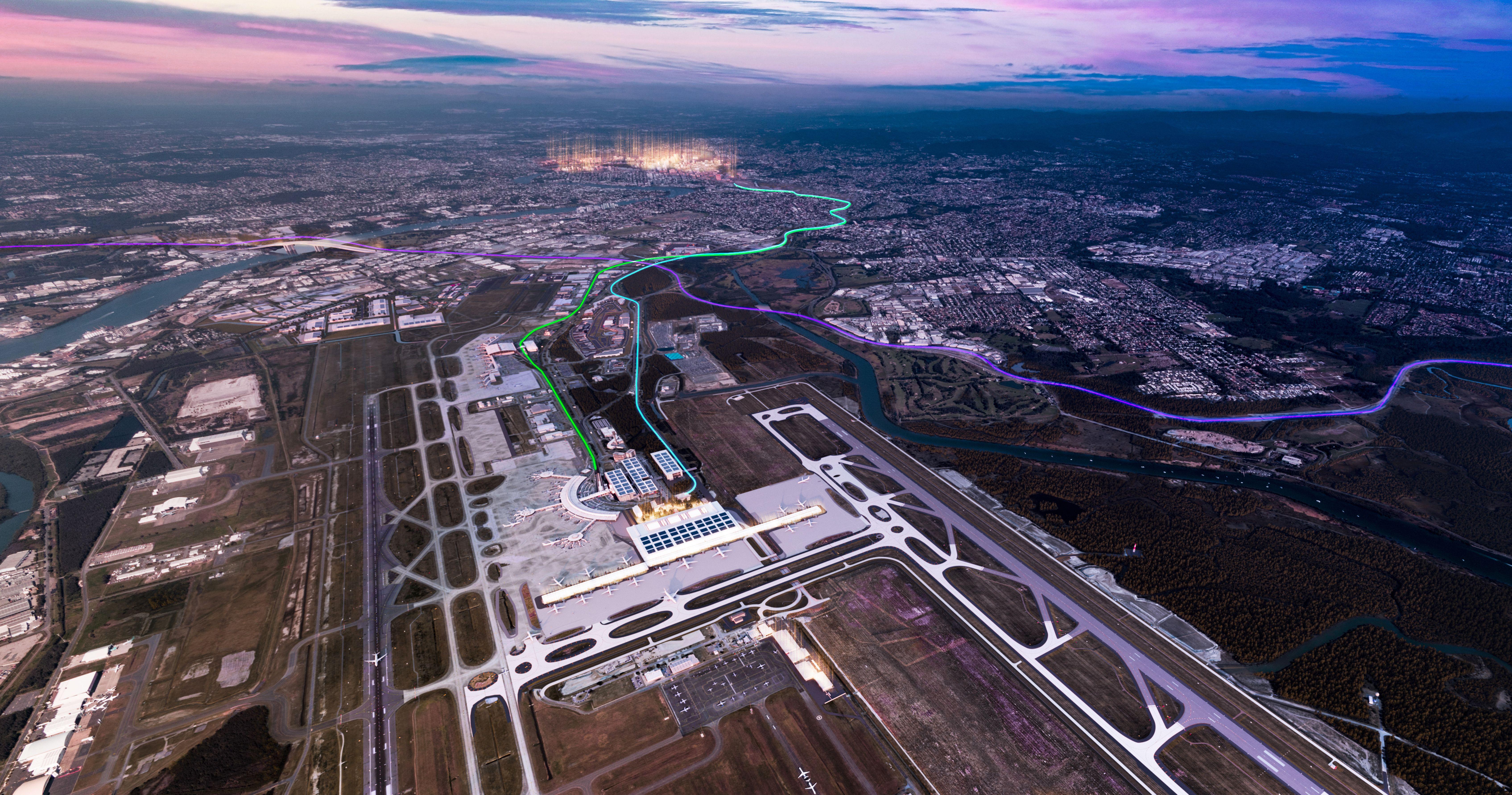
Brisbane Airport Corporation (BAC) is consulting with its airline partners about adding a third terminal to help keep pace with expected passenger demand over the next two decades.
The Queensland airport, which handled about 23 million passengers in 2019, has forecast that the figure will rise to about 50 million a year by 2040. BAC CEO Gert-Jan de Graaff explained that Brisbane (BNE) is “running out of terminal capacity.”
“We need more domestic capacity to cater for demand,” he said. “A few of our domestic airlines will likely go into Terminal 3. We might even allocate some international traffic in there as well to provide for better connectivity between domestic and international flights.”
De Graaff said that the new terminal would likely be located between the two runaways to help minimize aircraft taxiing, as well as being close to its current domestic terminal.
“Sustainability will be front and center, as will accessibility,” de Graaff said. “We know that come 2032, Brisbane Airport will provide the first and last impression for all Olympic and Paralympic visitors and we take that responsibility very seriously.”
In July, Brisbane was confirmed as the host of the 2032 Summer Olympic, following Paris in 2024 and Los Angeles in 2028. Research by accountancy firm KPMG estimates the Olympics will deliver $8.1 billion in direct economic benefits to the Queensland economy and create 91,600 jobs over the next 20 years.
Currently, Brisbane Airport is planning to invest more than A$5 billion ($3.3 billion) in the next 10 years to upgrade its existing two terminals, build extra car parking, develop a regional aeromedical hub, and build more freight facilities.
As well as announcing the terminal three plans, BAC said it has entered into a six-year agreement to secure power that is linked to renewable energy from Queensland’s Clarke Creek Wind Farm and Blue Grass Solar projects as part of its commitment to be net zero for scope 1 and 2 emissions by 2025.
